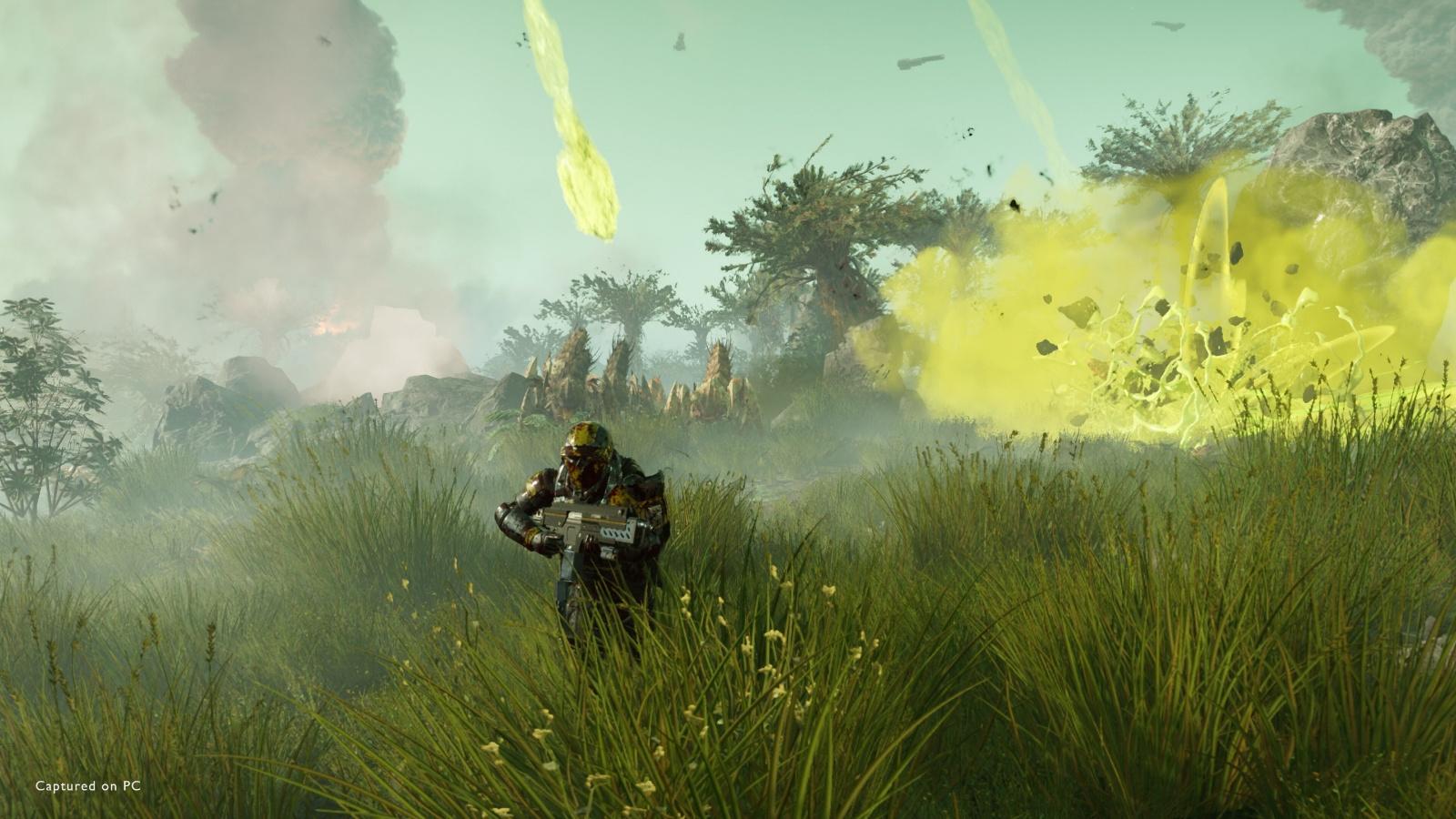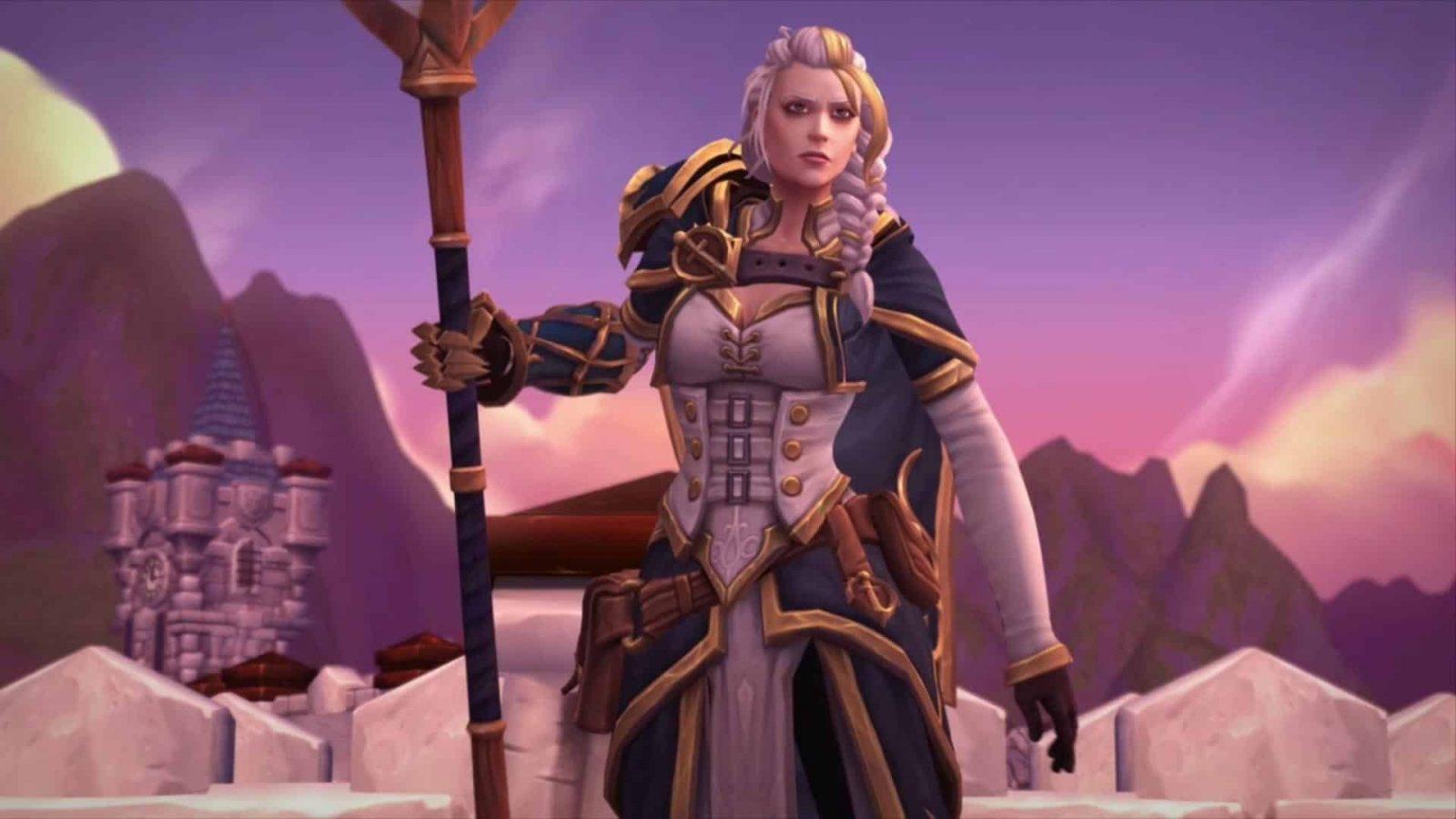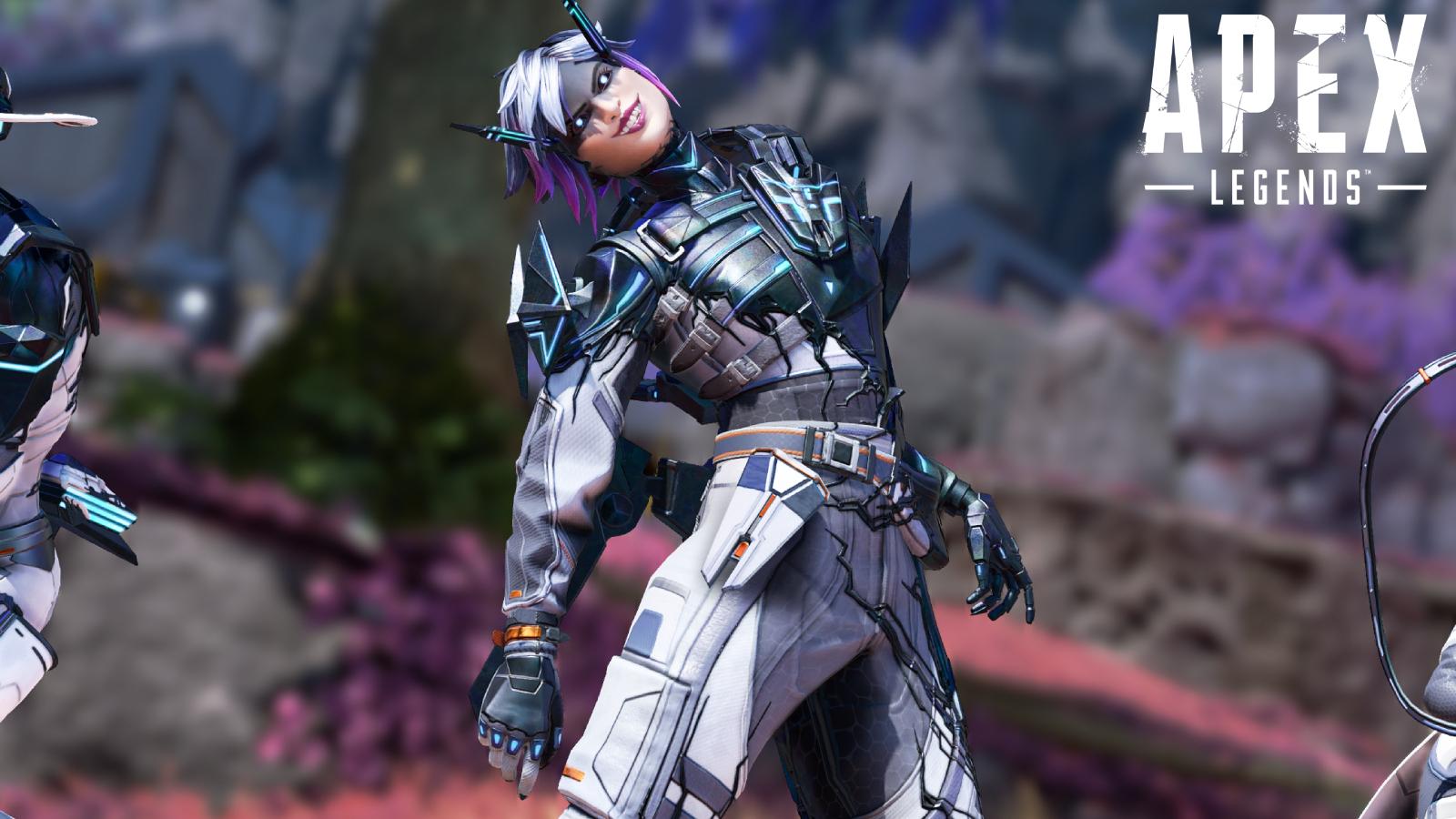Pathfinder 2e Fighter guide: Best options for Dexterity & Strength builds
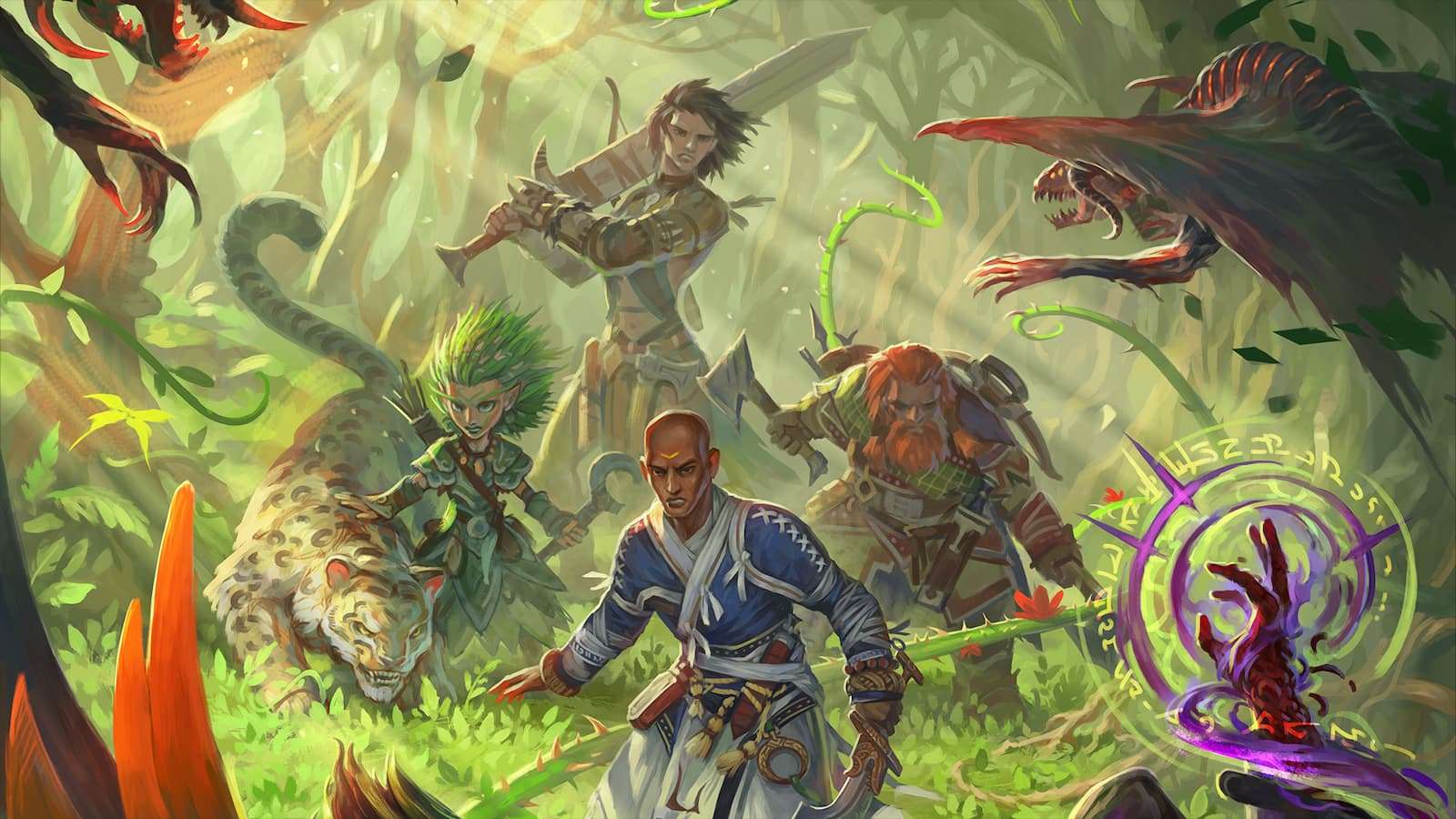 Paizo
PaizoWhat should be Pathfinder 2e’s most basic class is actually surprisingly complex. Here are the best builds for the Fighter in Pathfinder 2e.
Fighters used to get a bad rap in tabletop RPGs, as they were seen as a class with little imagination in their design or scope for their concept. The Fighter just fights, which means there can’t be more to them, right?
It turns out that the Fighter is the most liquid class, as the concept of “someone really good at fighting” can be applied to many different characters. The more basic ruleset also means they’re surprisingly good for dedicated roleplayers, as they don’t have to keep track of as many powers.
In Pathfinder 2e, the Fighter is a great class for beginners, as they are easy to pick up, can be durable, and are often in the thick of the action. Here are the best builds for the Fighter in Pathfinder 2e.
Contents
- The different Fighter builds in Pathfinder 2e
- Best Ability Boosts for the Fighter
- Best Ancestries for the Fighter
- Best Backgrounds for the Fighter
- Best Skills for the Fighter
- Best Fighter class Feats
- Best General Feats for the Fighter
- Best weapons, critical specializations & armor for the Fighter
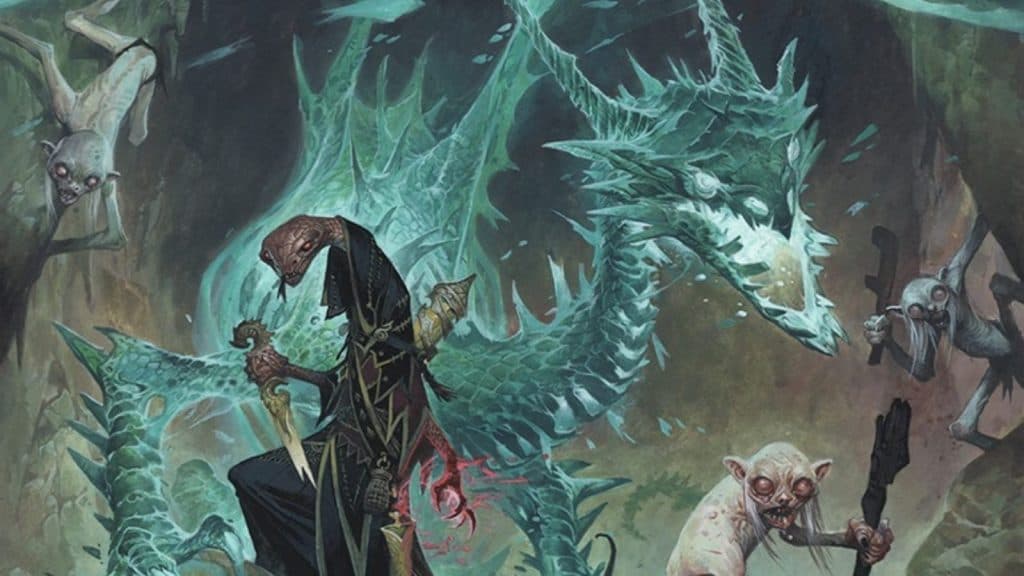 Paizo
PaizoThe different Fighter builds in Pathfinder 2e
Broadly speaking, there are a handful of archetypes that players will find themselves in when playing a Fighter. These all have individual strengths and weaknesses.
Weapon & Shield – You use a one-handed weapon with a shield, giving you better defensive options, but lowering your damage output.
Single Weapon User – What you lack in defense, you make up for with special debuff attacks in combat.
Heavy Weapon User- You use a two-handed weapon with the intent of dealing as much weapon damage as possible.
Dual-Wielder – You use two weapons to perform flurries of attacks, with abilities that reduce or ignore the multiple attack penalty in Pathfinder 2e’s rules.
Archer – Best used in a party with a separate melee warrior who can tank, these fighters strike foes from afar with volleys of ranged attacks.
Best Ability Boosts for the Fighter
The two main builds you want to go for Fighter are Strength-based or Dexterity-based. Strength-based characters can deal a lot of damage while hiding behind strong armor, while Dexterity-based Fighters are better at dishing out multiple attacks and using ranged weapons. Ideally, you’d want both scores to be decent.
Depending on your build, Strength should be your first choice and Dexterity your third choice, or Dexterity should be your first choice and Strength should be your third choice. In either scenario, Constitution should be your second choice.
After that, Wisdom should be fourth, as it’s tied to the Will saving throw, which protects you from being mind-controlled in battle, as well as the Perception score, which is used for determining Initiative in combat.
After that, Intelligence and Charisma can be distributed however the player likes, depending on their character concept, as they’re mostly tied to skills.
Best Ancestries for the Fighter
For the Fighter, it helps to have an Ancestry that provides at least one Strength Boost and a few extra powers to aid you early on in the campaign, though Consitution is also really useful. Having some extra abilities from your Ancestry also helps. These are the best Ancestries and low-level Feats:
Dwarf
What dwarves lack in movement speed, they make up for in durability. The best heritages are the Elemental Heart Dwarf (grants an elemental attack that can strike all adjacent foes), Forge Dwarf (offers useful fire resistance that scales with level), and Strong-Blooded Dwarf (extremely resilient to poison.)
These are the most useful low-level Dwarf Feats:
- Dwarven Doughtiness – Reduces the incredibly frustrating Frightened condition by 2 at the end of turns, instead of 1.
- Vengeful Hatred – This provides a number of bonuses against a chosen type of foe. By far the best pick for most campaigns is Giant, as they are consistent threats at every challenge level.
- Unburdened Iron – This reduces the speed penalty for wearing armor, which is amazing for a class that often wears the heaviest gear possible.
Nagaji
The serpent people of Golarion make for great warriors with a Strength Boost, a bite attack, and naturally high hit points. The best Heritages are Venomshield (poison resistance that scales with level) and Titan Nagaji (you always have a suit of armor on, which works well for short-term campaigns.)
- Cold Minded – Offers a bonus to saves against emotion spell effects, which includes turning a successful save into a critical success.
- Serpent’s Tongue – Gives you imprecise scent, which is useful for fighting invisible foes or enemies hiding in darkness, as it’s much more difficult to hide your scent.
- Water Nagaji – Gives the Breath Control feet and a short swimming speed, both of which can be useful in outdoor adventures & dungeons with environmental hazards.
Orc
Like Pathfinder 2e’s Barbarian class, the Orc is a great choice for the Fighter, helped by their natural Strength boost and Darkvision. The best heritages are Grave Orc (more resistance to necromancy) and Hold-Scarred Orc (more hit points and you die on dying 5 instead of 4.)
These are the most useful low-level Orc Feats:
- Orc Ferocity – Makes it a lot harder to kill you in combat, as you can spend your Reaction to survive a lethal blow (though you take points in the Wounded condition).
- Orc Warmask – On its own, Orc Warmask only offers skill bonuses and access to the Dubious Knowledge Feat. However, it’s the stepping stone to better Feats, such as Mask of Rejection at Level 5.
- Tusks – Ensures you always have access to a weapon, thanks to your sharpened tusks.
Best Backgrounds for the Fighter
In Pathfinder 2e, Backgrounds give you Ability Boosts, skills, and Feats. When it comes to the Fighter, there are a few Backgrounds that stand out as ideal choices.
- Martial Disciple – Provides a Strength or Dexterity Boost, a Free Pick. You can pick Acrobatics skill training to gain the Cat Fall Skill Feat, allowing you to take less damage from falls. You also gain the Warfare Lore skill.
- Relentless Dedication – Has the Strength or Constitution Ability Boost, a Free Pick, and gives you the Canny Acumen Feat, instantly making you an expert in Perception or one of the three save stats.
- Squire – Has the Strength or Constitution Ability Boost, a Free Pick, and provides the Armor Assist Feat, drastically reducing the time it takes to put on armor.
- Tomb Born – Has the Dexterity & Constitution Ability Boosts, a Free Pick, and provides the Final Spite Reaction, allowing you to hit an enemy when you’re knocked to zero hit points.
- Warrior – Has the Strength or Constitution Ability Boost, a Free Pick, and provides the Intimidating Glare Feat, allowing you to demoralize foes in combat.
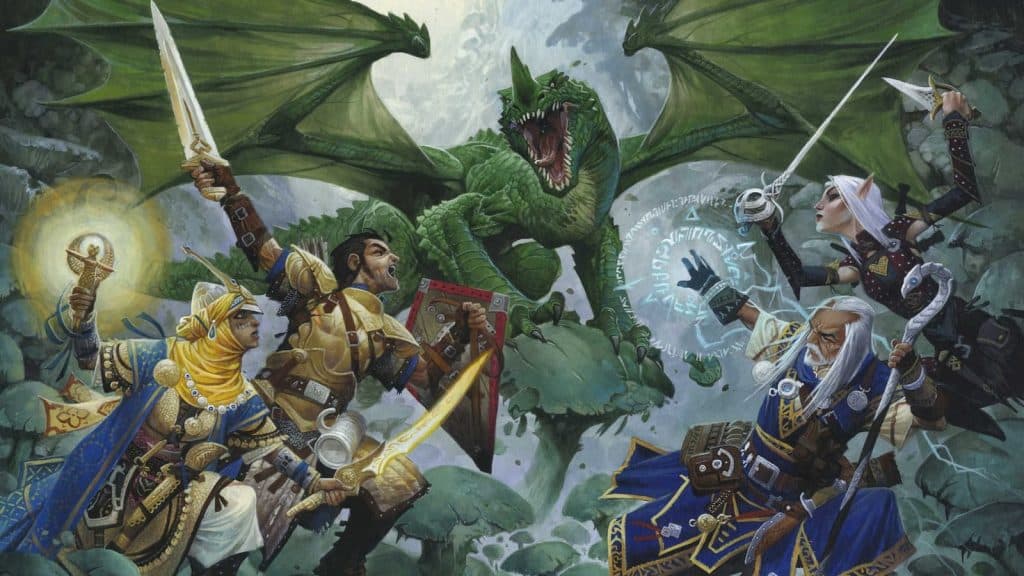 Paizo
PaizoBest Skills for the Fighter
While the Fighter is not a skill-focused class, it still helps to pick a few skills and focus on them, for the moments when you need to do things other than fight.
- Acrobatics or Athletics – Depending on whether you’re a Dexterity or Strength-based character. Acrobatics is great for avoiding hazards and is used with the useful “Tumble Through” action, while Athletics is commonly used in tandem with Strength for physical activities that Fighters tend to excel at.
- Crafting – This will let you fix your shields and broken items for much cheaper than paying a professional to do it.
- Intimidation – Rather than blowing your third action on an attack that’s likely to miss, you can attempt to demoralize your foe instead and potentially lower their stats via the Frightened condition.
- Medicine – You can’t always rely on a healer to fix things with magic, so having points in Medicine is useful for moments when you need to use old-fashioned healing techniques. This is especially helpful for when the healer is downed and needs aid.
Best Fighter class Feats
Most Fighters are based on a few different concepts, including weapon & shield users, single weapon users, heavy weapon users, dual-wielders, and archers. These are the best Feats that go with these styles of play.
Weapon & Shield User
- Reactive Shield (Level 1) – Allows you to use your Raise a Shield Action as a Reaction in response to an attack, letting you take more actions on your turn.
- Sudden Charge (Level 1) – Let’s you quickly close the distance on an enemy and get one good attack in.
- Aggressive Block (Level 2) – When used in conjunction with the Shield Block Reaction, it forces the enemy back 5 feet or makes them flat-footed, both of which can be favorable outcomes.
- Lunge (Level 2) – Lets you strike outside of your normal short range.
- Quick Reversal (Level 4) – Lets you Strike two enemies who are flanking you without increasing the multiattack penalty.
- Shielded Stride (Level 4) – When your shield is raised, move half your speed without provoking Reactions.
Single Weapon User
- Snagging Strike (Level 1) – If this attack hits, it causes the target to be flat-footed, not only lowering their AC, but letting any Rogue allies unleash their Sneak Attacks on them. They can remove this effect by getting out of your melee range, risking an Attack of Opportunity, or forcing them to blow an action on a Step.
- Sudden Charge (Level 1) – Let’s you quickly close the distance on an enemy and get one good attack in.
- Combat Grab (Level 2) – If you hit a foe, you grab them, forcing them (or their allies) to waste time trying to break free from your grip.
- Duelling Parry (Level 2) – Forego a final attack that will likely miss for a +2 AC bonus.
- Dual-Handed Assault (Level 4) – You can grip your weapon with both hands to briefly increase its damage die, before returning to single hand use.
- Quick Reversal (Level 4) – Lets you Strike two enemies who are flanking you without increasing the multiattack penalty.
Heavy Weapon User
- Power Attack (Level 1) – This is best used as your second attack, as it combines the damage of two hits into one without giving you the massive penalty of a third attack in one round.
- Sudden Charge (Level 1) – Let’s you quickly close the distance on an enemy and get one good attack in.
- Brutish Shove (Level 2) – If this attack hits, the target is flat-footed and you can shove it. Even if you miss, the target is still flat-footed.
- Sleek Reposition (Level 2) – If you’re using a polearm, it let’s you move an opponent after a successful hit, likely putting them at a disadvantageous position.
- Powerful Shove (Level 4) – A better version of Brutish Shove that affects creatures up to two size categories higher than you.
- Slam Down (Level 4) – Make a Strike, then attempt to Trip the foe without increasing your multiattack until after the actions are taken.
Dual Wielder
- Double Slice (Level 1) – An essential Feat that makes two attacks without the multiple attack penalty, though any additional hit would suffer from the third attack penalty.
- Sudden Charge (Level 1) – Let’s you quickly close the distance on an enemy and get one good attack in, setting you up for the following round.
- Lunge (Level 2) – Let’s you strike outside of your normal short range.
- Sleek Reposition (Level 2) – Let’s you move an opponent after a successful hit, likely putting them at a disadvantageous position.
- Quick Reversal (Level 4) – Lets you Strike two enemies who are flanking you without increasing the multiattack penalty.
- Twin Parry (Level 4) – Can increase your AC by +1 or by +2 if you’re using weapons with the Parry trait.
Archer
- Point-Blank Shot (Level 1) – Reduces the penalty for firing close to enemies and increases the damage when using a ranged weapon that lacks the volley trait.
- Exacting Strike (Level 1) – Let’s you reduce the multiple attack penalty.
- Assisting Shot (Level 2) – If it hits, your next ally to hit the same enemy gets +1 on their attack roll or +2 if it was a crit.
- Lightning Swap (Level 2) – If an enemy gets in melee range and you can’t pull out, you can switch to a melee setup for a single Action.
- Double Shot (Level 4) – Gives you two attacks with only a -2 multiattack penalty.
- Parting Shot (Level 4) – Lets you step and attack with two Actions and puts the enemy off-guard.
Best General Feats for the Fighter
You won’t just be unleashing Fighter Feats on your enemy in Pathfinder 2e, as you can also benefit from General & Skill Feats as you level up. If you’re able to acquire a General Feat at level 1, these are the best options:
- Battle Medicine (Level 1) – If you’re concerned about healers going down in combat, it’s worth having some points in the Medicine skill, so you can bring them back up without the help of magic.
- Combat Climber (Level 1) – Let’s you fight one-handed while climbing.
- Diehard or Toughness (Level 1) – As a frontline warrior, you’ll be at the most risk from enemy damage. These Feats will keep you alive for longer.
- Fast Recovery (Level 1) – Helps you restore health and recover from debilitating effects.
- Incredible Initiative (Level 1) – Provides a bonus to your Initiative score in combat.
Fighters gain a General Feat at Level 3, with all of the Level 1 Feats still being good options, as well as the following:
- Ancestral Paragon (Level 3) – Receiver another Level 1 Ancestry Feat.
- Prescient Planner (Level 3) – There’s a chance to have a piece of gear you might need in a given situation.
- Pick up the Pace (Level 3) – The group can Hustle for longer when exploring. This is more useful in campaigns that involve a lot of travel.
Best weapons, critical specializations & armor for the Fighter
Depending on your build in Pathfinder 2e, some weapon & armor configurations are better than others.
Your armor choice depends on whether you’re a Dexterity or Strength-based character, as the type of armor you can cap the maximum bonus your Dexterity can add to your Armor Class. As such, leather and chain shirts are usually the best for Archers, Dual Wielder, and Single Weapon. For Strength characters, you should balance the armor with your current Dex bonus while upgrading to better/more expensive sets whenever possible.
Weapon & Shield – Steel shield (upgrade to tower shield when possible) alongside a bastard sword, battleaxe, or flail.
Single Weapon – Get a katana if your DM will allow it. Chances are, you’ll be using the Aldori dueling sword, longsword, or rapier.
Heavy Weapon User – Go for the war flail for its various traits and for its eventual critical specialization bonus at level 5.
Dual Wielder – There are a few decent combinations based on whether you’re going for Dexterity or Strength. For Dexterity, use rapier with a shortsword or Aldori dueling sword with a shortsword. If you’re Strength-based, use a bastard sword with a shortsword or battleaxe with a hatchet.
Archer: Use a Longbow if you’re going to be fighting enemies in wide open areas, or a shortbow if you’re in a dungeon. Get composite versions if you have a Strength bonus. Keep some finesse weapons (like a dagger) and a shield aside in case you’re forced into melee.
When a fighter reaches Level 5, they can use the critical specialization of any weapon with which they have Master rank proficiency. These are extra effects that activate when they perform a critical hit with the chosen type of weapon. A few standouts among these may influence your choice of weapon.
- Bow – Can pin enemies to the ground, forcing them to burn Actions while attempting to free themselves.
- Hammer & Flail—These can knock an enemy prone, a powerful status effect that is extremely detrimental to foes in melee combat. Thus, they are great choices for one-handed weapon users.
- Sword – Makes an enemy flat-footed until your next turn.
If you click on a product link on this page we may earn a small affiliate commission.
